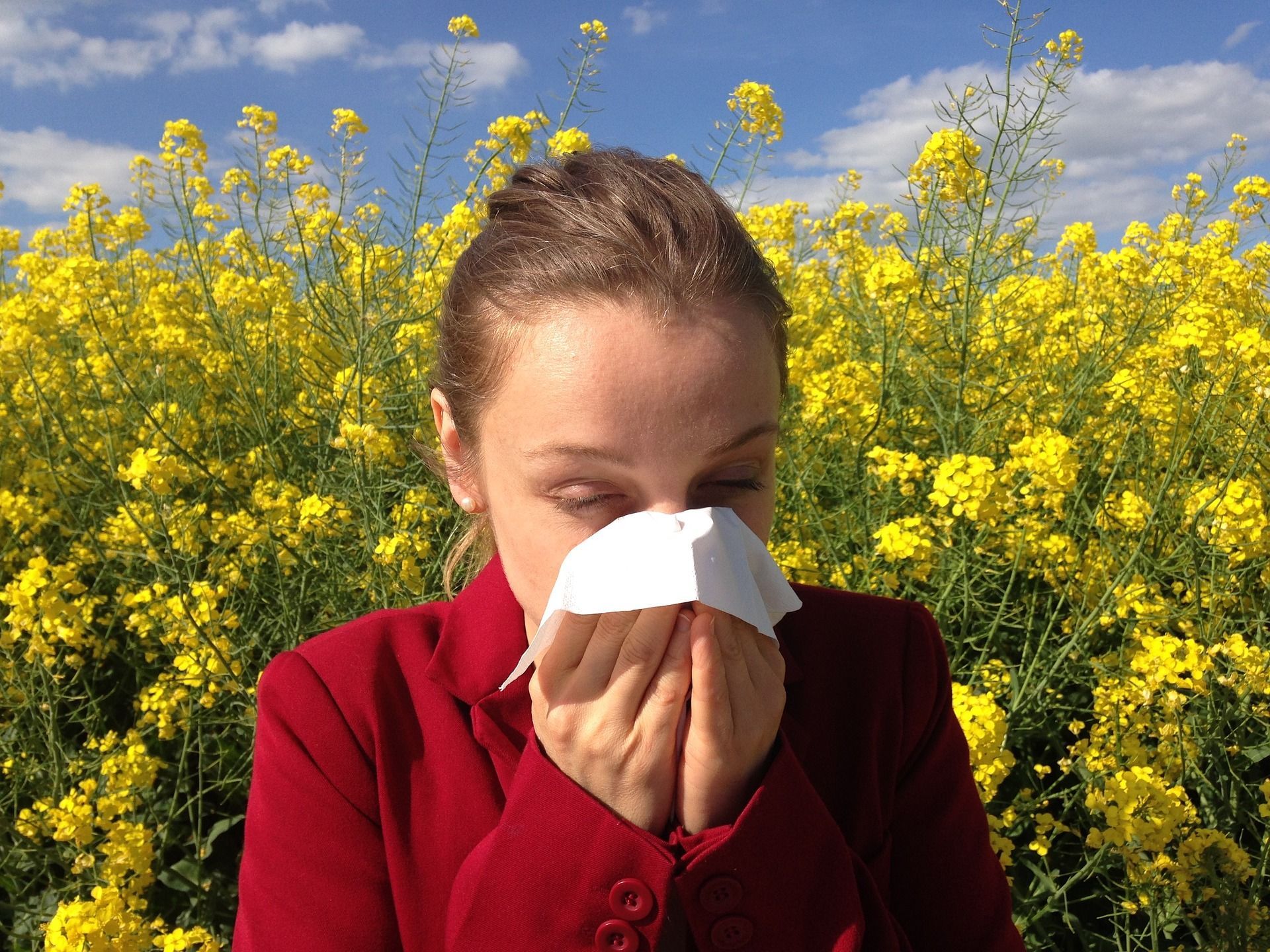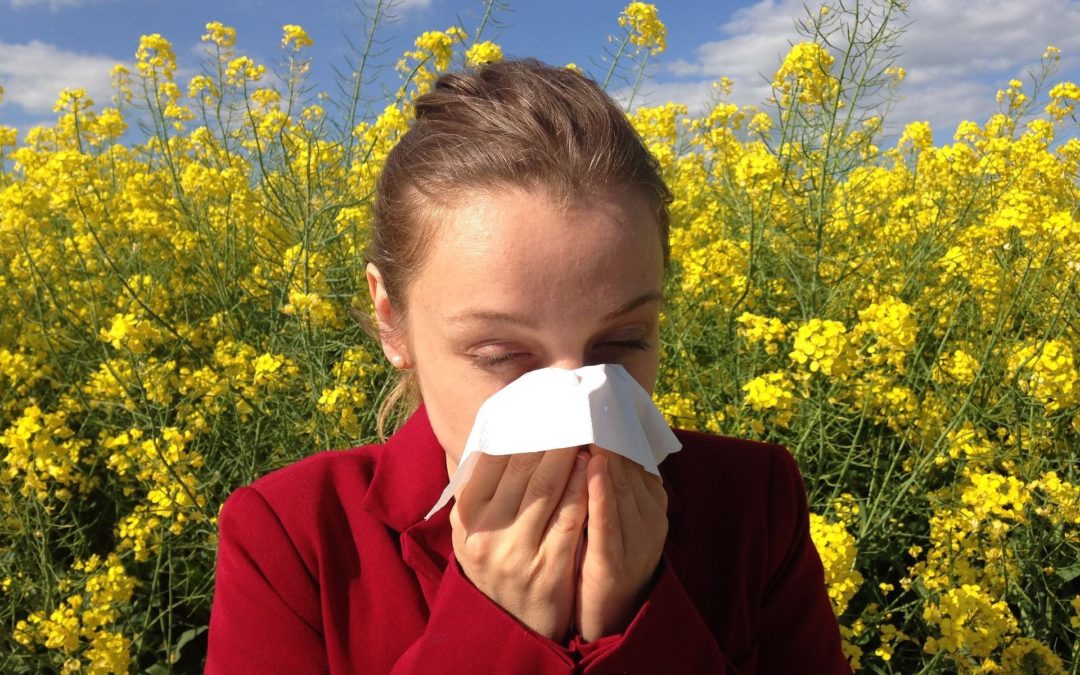
Some people have mixed feelings towards spring. For the 40 percent of the population in Europe and around 30 percent in Sweden who suffer from pollen allergy, it is a time of itchy eyes and runny nose.
But soon, those with grass pollen allergies can at least look forward to knowing how much pollen there will be in the air at any specific time, well in advance. So far, pollen forecasts have only been able to do with some certainty from day today. But an international research team has now found a method to create forecasts for an entire season.
This makes it possible for those with grass pollen allergy to plan their activities in advance.
“The information makes it possible to plan further ahead, especially before the season has started. For example, the forecasts can help healthcare professionals prepare for the increase in allergy-related diseases. It also makes it easier for individuals to feel special when planning holidays or stays abroad,” says Georgina Brennan at Lund University, one of the researchers behind the new method.
What the researchers did is that they combined data on air temperature, precipitation, and pollen concentrations from 28 food stations in northwestern Europe for several years. With that information, the researchers have now succeeded in constructing a model that can forecast an entire pollen season. Furthermore, the forecast can show how serious the season will be. The model can be used now. The researchers point out, however, that it cannot provide information about when the season begins or ends.





